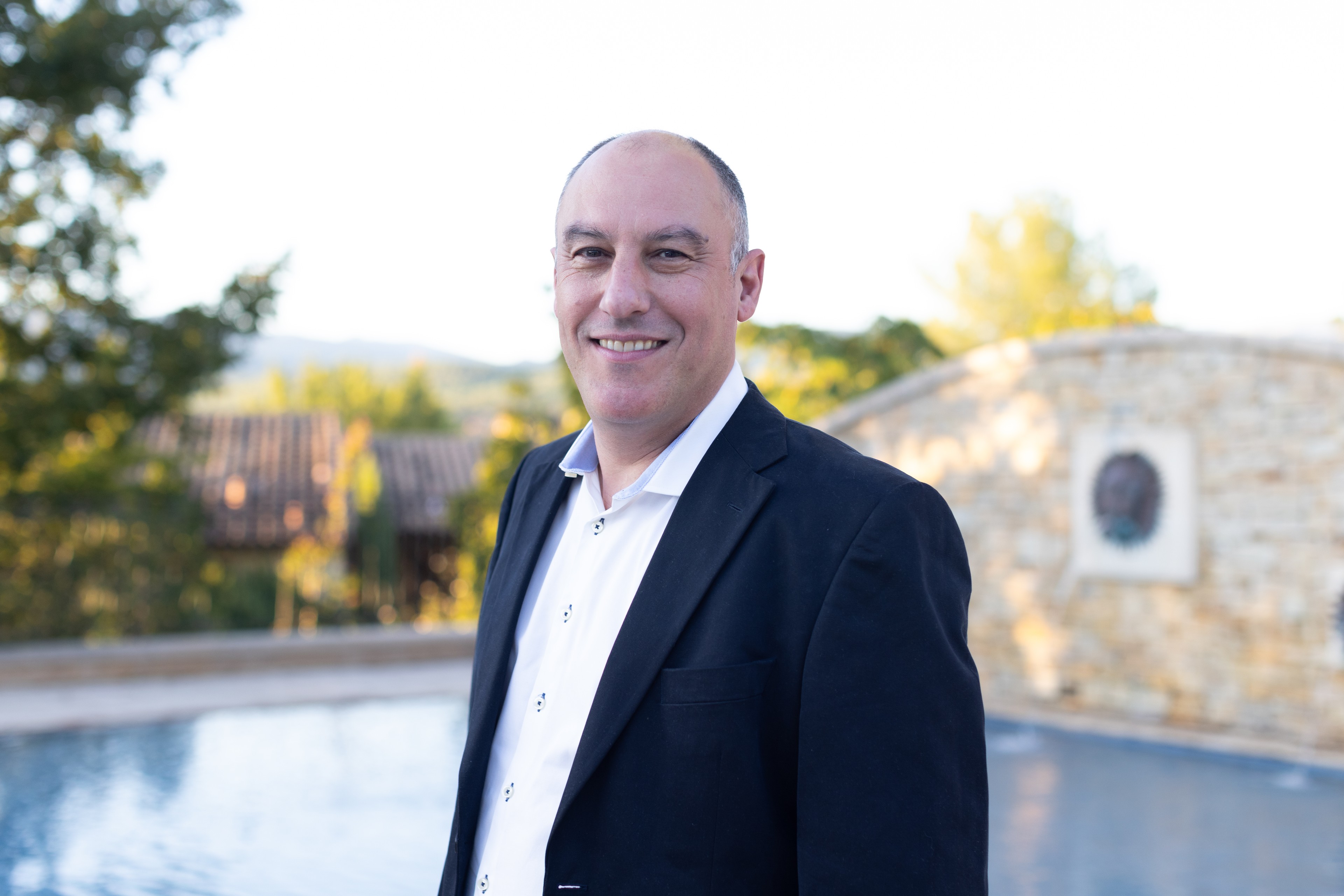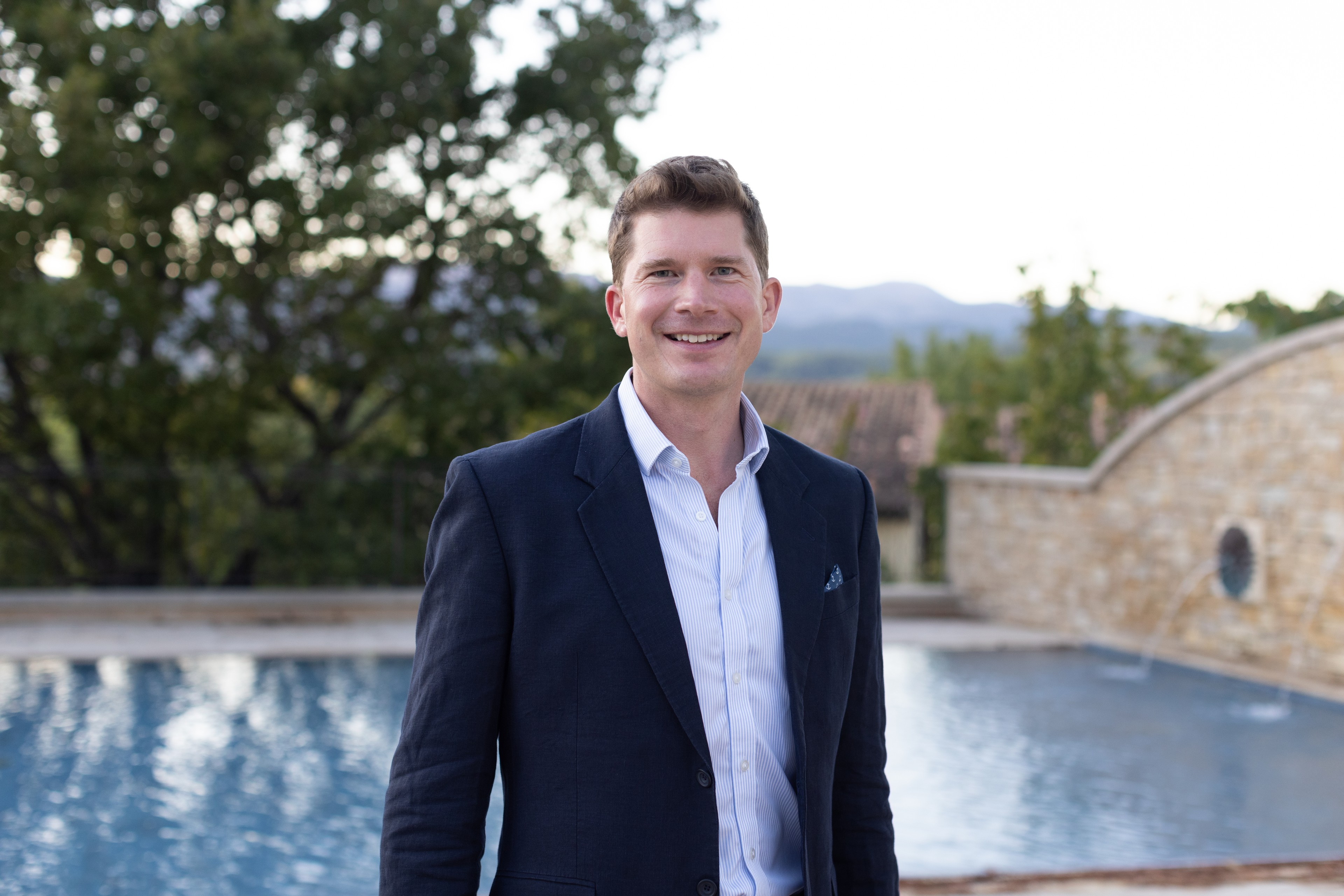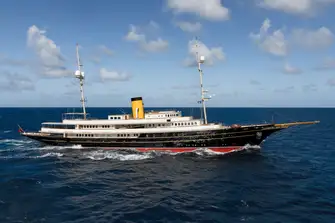 Burgess 50: Our top five social posts in 2025
Burgess 50: Our top five social posts in 2025

Go behind the build with Burgess
Published 17 六月 2024
With over 25 delivered projects between them, you would be hard pushed to find the same collective knowledge and expertise elsewhere. We took the opportunity to sit down with Rory Boyle, Naval Architect, and Sean Bianchi, Naval Architect and Head of Burgess Technical Services, to take you into the shipyard to explore their stand-out features from previous projects and glean insights from their professional journeys.
 |  |
| Sean Bianchi, Naval Architect, Head of Technical Services and Partner | Rory Boyle, Naval Architect and Partner |
The Burgess Technical Services team has delivered over 54 yachts to date with more than 24 shipyards. Is it ever possible to compare projects and experiences?
SB: From my experience no two projects are ever the same and in every project, however custom, complex or simple it appears, there are always unique challenges. Every owner has their own individual requests and requirements, and it is important for the build team to understand these requirements and support and integrate them through the build.
RB: Every project has its challenges, and the nature of yacht building embodies the latest and greatest technologies. The knowledge picked up through each and every project is the key to improving the next, experience gained through all shipyards on all kinds of vessels is held within the department and can be called upon whenever a need arises.




You’ve been on the Technical Services team at Burgess for 16 (RB) and 19 (SB) years. During that time has there been a particular project stands out in regard to superyacht firsts?
SB: If a client can dream it, we have probably been asked to include it! By having a dynamic and forward-thinking technical team we always take on the challenge of supporting the client’s vision by finding solutions where some shipyards would file it in the 'impossible-to-do' category.
Some particular features that we have been asked to include on a yacht are an internal golf driving range simulator, stabilised billiard table, IMAX cinema, motorsport racing simulators, clay-pigeon shooting traps.
RB: There are two that stand out to me: a very large build at Lürssen saw the development of the 'Mother of all spas' involving a top-end spa developer and the first snow room installed on a yacht. At the time this was extraordinary and given the nationality of the owner and location of the vessel, the view out of the window could not be a greater contrast.

RB: More recently, the installation of a very large movie theatre, the first certified by both DOLBY Atmos and IMAX on board a yacht, was a very detailed affair. Installing this alongside the 201in folding C Seed TV was certainly a challenge.

There are a number of new, interesting design features being created for new yacht projects some including novel tech and advancements in alternative fuels – do you see a trend towards a particular angle and is this evident across the industry?
SB: Yes, everyone involved in yachting should have similar concerns and we are seeing a drive from all aspects: owners, designers, shipyards, technical teams, crew and suppliers to drive this change for the better. Clients are becoming acutely aware of the need to be environmentally conscious and mindful of the impact of their yachting activities on the planet. International regulations are also driving this change and focusing on renewable energy solutions as we move away from the reliance on fossil fuels.
RB: Generally, green fuelling is the buzz word at the moment and by process of elimination some considered sources have shown to be less viable than others. The current front runner appears to be the use of synthesised diesel alternatives; these have a similar power density to diesel and can be transported in similar volumes for a similar range. The infrastructure for this already exists which significantly improves the chances of uptake from the existing fleet as well as being added to the specification for in build projects at the pre-contract phase.
SB: Focus on more efficient hullforms, efficient engineering, improved insulation are part of today’s preliminary design requirements. Considerations in optimising design requirements such as designing for cruise conditions rather than a maximum speed requirement. Optimising air conditioning systems also assists in ensuring lower power requirements. More novel solutions such as methanol/hydrogen fuel cells, solar power, wind power and even nuclear power are future considerations for yachts.

How does our on-site presence and relationship with the owner’s team result in a better product and a better experience for the owner?
RB: Our remit covers the full spectrum of the technical build management from contractual, commercial and yard relationships. Having a dedicated on-site team as the eyes and ears of the project, working alongside the owner’s crew means that nothing is missed, we have every angle covered. Experience from builds in the same shipyard can be extremely useful. Above all, the aim of Burgess Technical Services' involvement is to make the build process as enjoyable as possible.

Rory's quick-fire questions
Favourite charter destination?
Anywhere a client invites me, it hasn’t happened yet!
Best tender or toy?
A large and capable RIB, incredibly useful as a tool, fun and client facing. An absolute must on a yacht.

What boat would you want to charter on the market right now?
NERO – unconventional but a wonderful place to spend time.

Favourite design feature on any yacht?
I have a few – MALTESE FALCON’s rigs, crow's nests on masts, windows below the waterline.

To find out more about Burgess’ yachts for sale and yachts for charter, please contact a Burgess broker. Alternatively, get in touch with one of our offices directly: London, Monaco, New York, Miami, Singapore or all other locations.
 Catamaran GOOD DAY SUNSHINE sold
Catamaran GOOD DAY SUNSHINE sold
 Last minute winter charter destinations
Last minute winter charter destinations

